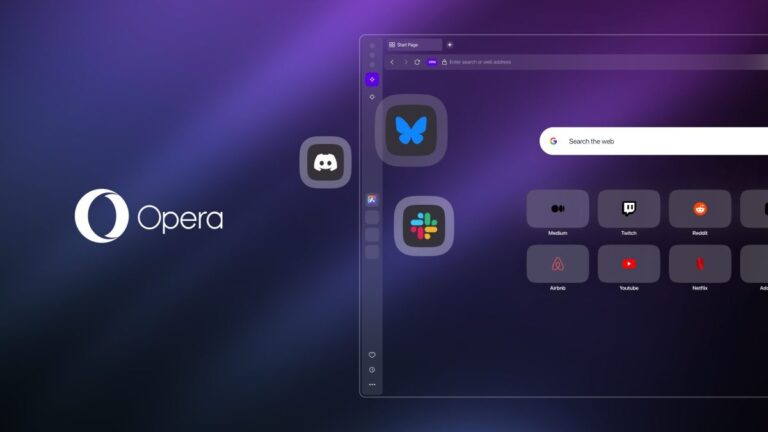Unlocking the Future: OpenAI Chairman Bret Taylor Presents the Bull Case for AI Agents
During a recent fireside chat at the Mobile World Congress in Barcelona, Bret Taylor, founder of Sierra and chair of OpenAI’s board, discussed the evolving landscape of AI agents and their potential impact on customer service. Although he didn’t provide a precise definition of what constitutes an “agentic AI,” he emphasized the significant differences between these advanced systems and traditional generative AI chatbots.
The Evolution of AI Agents
Taylor highlighted the remarkable advancements in customer service AI agents, stating that they represent a leap forward in capability compared to earlier chatbot versions. He remarked, “I am more excited about large language models and this current wave of technology more than any technology I can remember, perhaps since I discovered the internet when I was a teenager.”
Key Features of Modern AI Agents
- Multilingual capabilities: AI agents can communicate in multiple languages, making them accessible to a broader audience.
- Instantaneous responses: These agents provide quick solutions, reducing wait times for customers.
- User satisfaction: Taylor noted that people generally appreciate the assistance provided by these AI agents.
Enhancing Customer Experience
The rise of capable AI service bots is transforming customer service by lowering costs and improving overall consumer experiences. Taylor mentioned collaborations with companies like SiriusXM and ADT, where AI agents assist customers with troubleshooting issues without requiring a service team to visit their homes.
However, Taylor also acknowledged potential challenges. For instance, there have been instances where AI agents provided inaccurate information regarding refund policies. He stressed the importance of establishing proper guardrails to ensure the safe implementation of AI in customer service.
Practical Approaches to AI Implementation
According to Taylor, companies should not wait for technology to reach perfection. Instead, he advocates for narrowing the focus of AI applications to manageable domains. He stated, “Rather than trying to solve all the world’s AI problems, you narrow it to a domain and say, ‘Hey, we’re going to put in some practical guardrails around this AI so we can solve problems right now.’”
The Future of AI Agents
Looking ahead, Taylor predicts that AI agents will become as integral to companies as their websites and mobile applications. He envisions a future where these agents serve as the primary digital interface for customer interactions.
“I think most companies will find that their AI agent is their main digital experience,” he explained, suggesting that the user interfaces for interacting with these bots will eventually become less prominent.
Addressing Job Disruption
With the advent of AI agents, concerns about job displacement arise. Taylor acknowledged these worries but expressed optimism about the creation of new job opportunities alongside the loss of existing ones. He emphasized the need for technology creators to engage in conversations about the societal impacts of their innovations.
“When disruption happens faster than society can reskill, it is a disruptive force,” he noted, advocating for a collaborative approach between public and private sectors to address these challenges.
OpenAI’s Mission and Future Structure
In response to questions about OpenAI’s transition from a nonprofit to a for-profit model, Taylor reaffirmed the organization’s commitment to developing artificial general intelligence that benefits humanity. He explained that the high costs associated with AI development necessitate this structural change, but assured that the mission will remain unchanged.
“Whatever we do, we want to amplify that mission,” said Taylor, emphasizing that the organization’s future structure aims to enhance its overarching goal.
For more insights on AI technology and its applications, visit our page on AI Technology.







